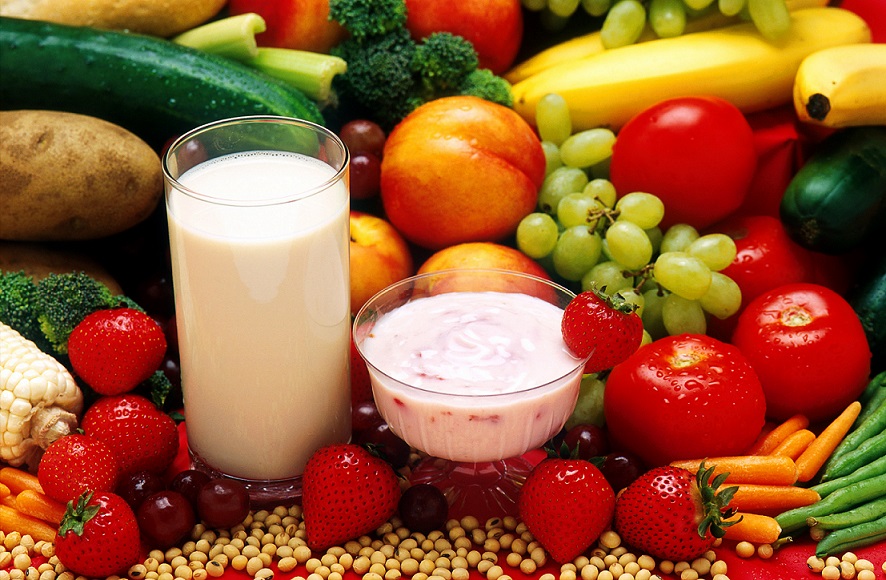Eating a nutritious diet is so important to feel good and prevent illness, but many times it is hard to know what to do. Fortunately, the basics have not changed. Think about putting together a plate with these ingredients: lean protein, vegetables, smart carbohydrates and healthy fats.
Lean proteins can include steak, salmon, shrimp, scallops, pork tenderloin, beans, lentils, eggs and yogurt.
Enjoy healthy veggies in a variety of colors like spinach, kale, broccoli, green beans, brussels sprouts, carrots, bell peppers, and eggplant.
Smart carbohydrates digest slowly and include sweet potatoes, red potatoes, brown rice, quinoa, chickpeas, squash and plantain.
Healthy fats include olives, extra virgin olive oil, avocado, canola oil, coconut oil, butter(yes butter is OK), almonds, and walnuts. Avoid trans fats which are often listed as hydrogenated oil on the food labels.
Eat more fiber. There are two types and most foods are a combination of each. Insoluble fiber is old fashioned roughage that helps food move through the digestive system. Soluble fiber has a gel-like quality and softens stool, acts as food for the probiotic bacteria in our gut and can help regulate blood sugar. Good sources of fiber include beans, artichoke hearts, lentils, blackberries, Oat bran, raisins and pears.
So think about ways to increase healthy whole foods in your diet and cut back on processed prepackaged high calorie foods that will ultimately just add to your waistline and detract from your health.
Here are some good online resources for learning about healthy eating:

